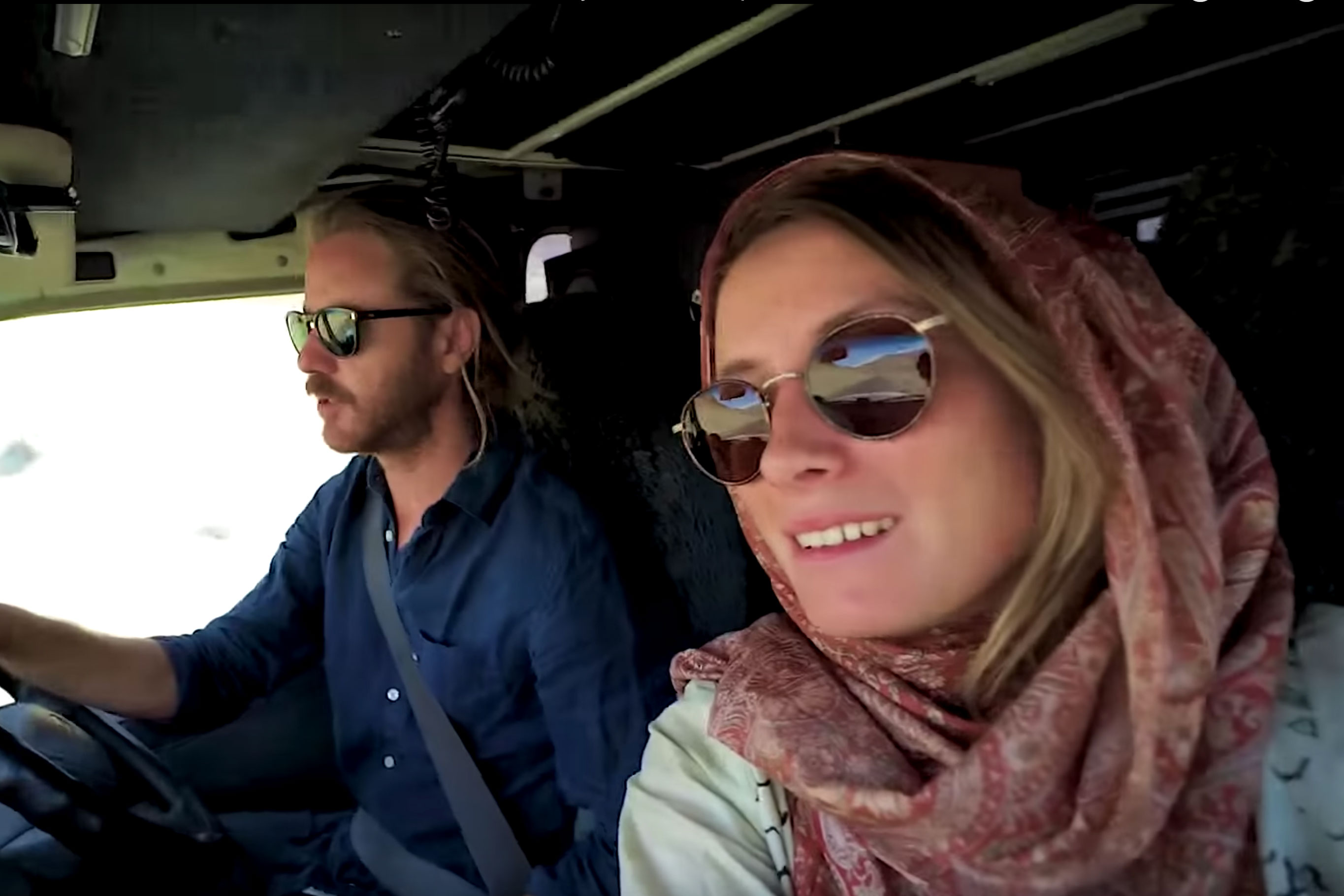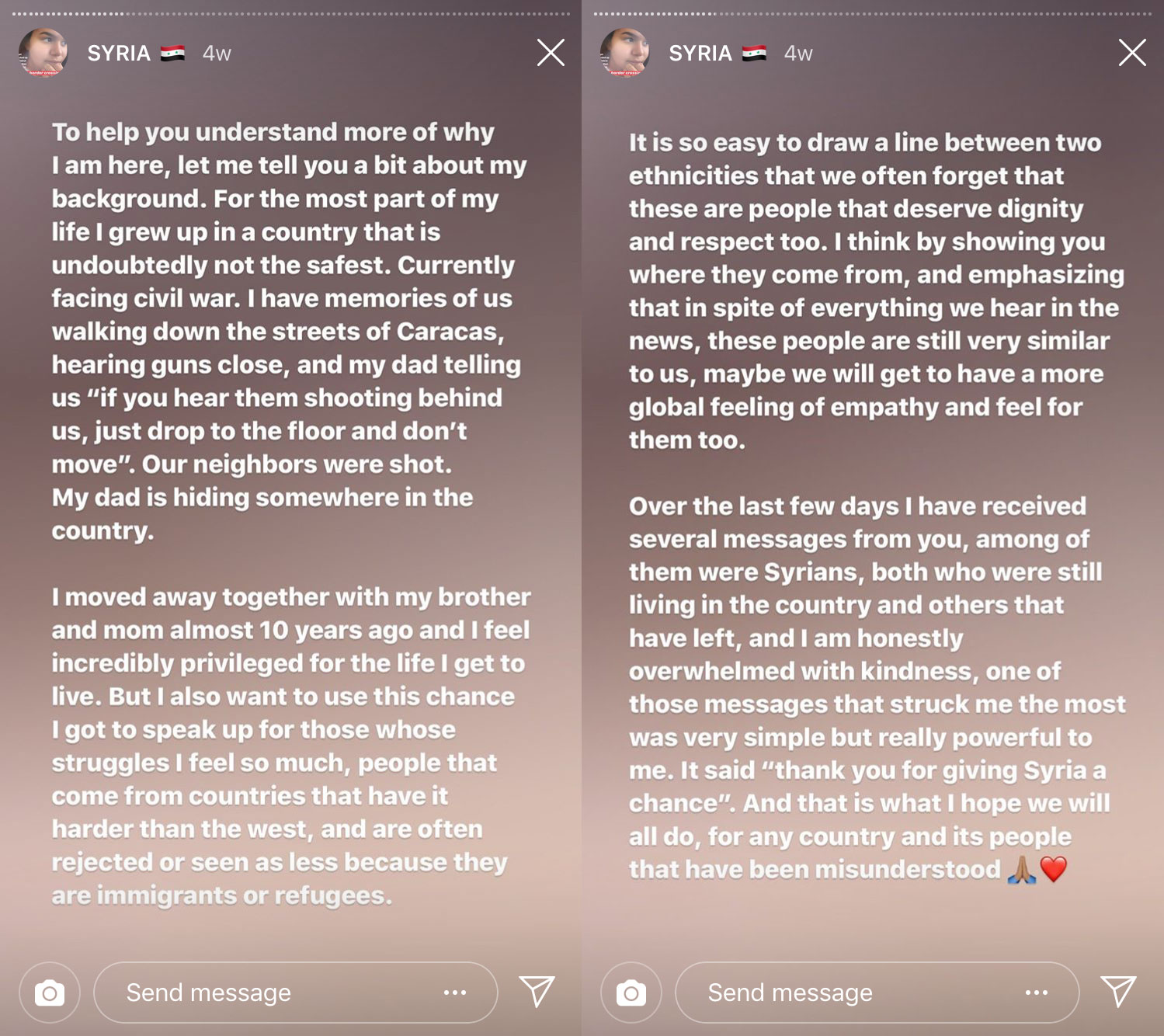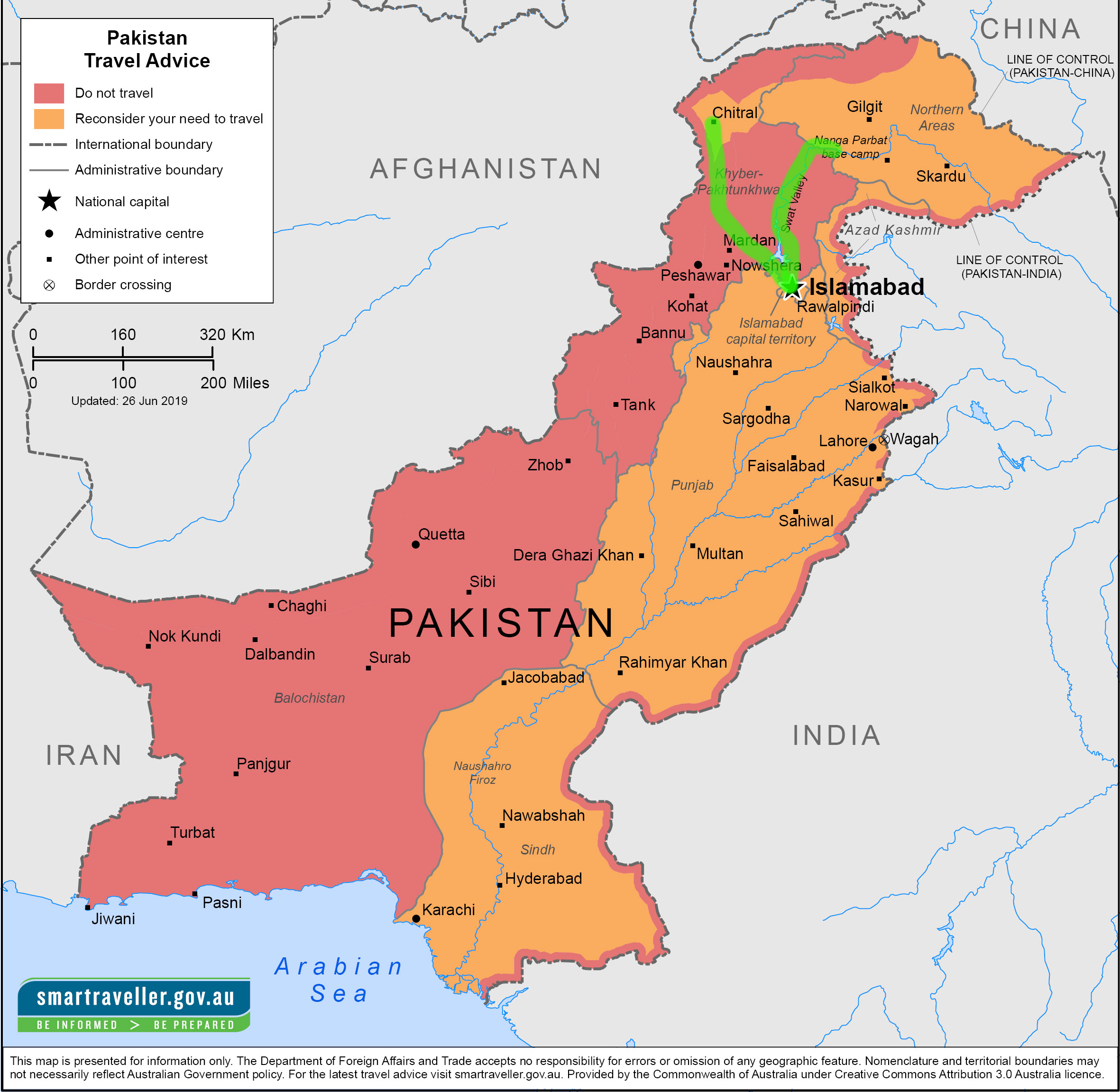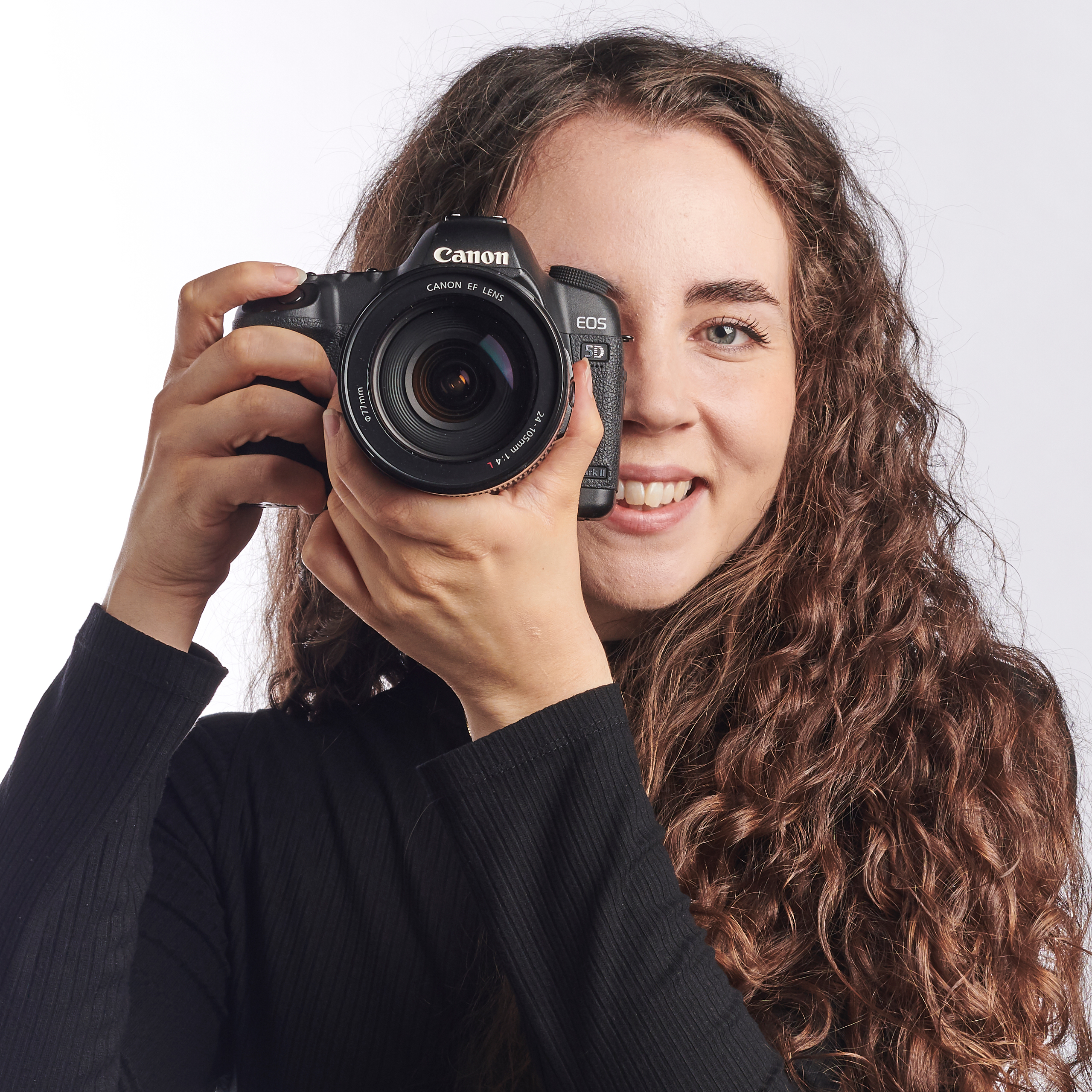Is travel photography safe? Travel bloggers finally released from Iran prison
Travel bloggers released from Iranian prison after camera drone incident sparks concern about travel photography

Update: Australian travel bloggers Jolie King and Mark Firkin, creators of The Way Overland, have been freed from the Iranian prison they were being kept in. In a statement released through DFAT, King and Firkin say, "While the past few months have been very difficult, we know it has also been tough for those back home who have been worried for us.
"We are grateful for the efforts of the Australian Government in helping secure our release, and we thank our family and friends for their love and support." All charges against the couple have been dropped and they are now safely back in Australia with their family.
ORIGINAL STORY:
With the rise of social media, travel photography has expanded beyond the confines of well-thumbed National Geographic issues and holiday brochures. As travel blogger content balloons, the world gets smaller – and faraway places no longer seem so far out of reach. In some ways, this has been one of the shining jewels of 21st century travel photography. With locations and experiences shared freely and selflessly, capturing inspirational travel photos has become more accessible than ever.
However, it's not all Norwegian fjords and Swiss mountains. There have been an increasing amount of bloggers, vloggers and photographers who have been venturing into countries recently struck by war or civil unrest to produce unique content to help them stand out from the vast crowd of travel photography creators.
• Read more: Best travel camera
This isn't necessarily anything new – war photographers have been putting themselves in danger to document history for decades. However, what is new is the idea of presenting this kind of travel photography as accessible to all. Even more worryingly, some pieces of content seem to promote a particular country or region that has recently experienced some kind of social instability without ever touching on these troubles.
Get the Digital Camera World Newsletter
The best camera deals, reviews, product advice, and unmissable photography news, direct to your inbox!
We can't help but wonder about the ethical ramifications for only focusing on the positives of a travel destination when the negatives can be so potentially severe.
Travel photography in Syria
Some of this content can be insightful and educational. Travel influencer destinationchaser recently visited Syria because after traveling around Israel, Lebanon and Jordan, she realized that she wanted to see what Syria was like for herself. After months of applying for visas and waiting for approval, she was finally granted access to the country.
A post shared by ANDI 🇻🇪🌍🇦🇹 Destination Chaser (@destinationchaser)
A photo posted by on on Aug 17, 2019 at 3:17pm PDT
Andi from destinationchaser uploaded seven posts about her Syria trip on her Instagram. One of these posts directly addressed the potentially controversial aspects of visiting a country still struggling with terrorism, kidnapping, civil unrest and armed conflict:
"Sharing the journey of traveling to a country in conflict has proven to be a bit tricky - you don't want to say anything wrong, or offend anyone… It is easy for those who don't know you to stigmatize you as 'just another privileged Instagrammer'… In spite of that, I would a thousand times rather share something I truly believe in, and stir up controversy to make people wake up and think, than to ignore the real issues that happen on the daily and be silent about what is close to my heart."
While Andi's Instagram posts were interesting and insightful, it was her Stories that provided an even clearer snapshot of what life inside the Syrian borders is like. In fact, if you have a spare second, we really recommend viewing the 'Syria' Story highlight on her profile.

Showing conversations with local shopkeepers, local teenagers having fun diving into a river and an evening enjoying drinks at a bar in the Christian quarter of Damascus, these little video snapshots helped to reveal a side of Syria that has been sadly lost among the endless news coverage showing the awful devastation that has occurred.
However, while Andi showed a more positive side, she also showed the realities of traveling through a recent war zone. She shows countless buildings completely destroyed, a once-thriving market with only a few stalls still open and is honest about the various checkpoints she had to go through while traveling.
In fact, in one of her Stories, Andi even mentions that she waited until after she'd left the country to begin posting about her trip. This was so that she could "say my own, uncensored opinion without a government watching and me possibly getting into trouble #freedomofspeech ?"
At no point does Andi tell her audience to buy a ticket and fly to Syria. Instead, she educates them on the beautiful locations you can find in Syria - and the serious impact the war has had on these places.
However, this balanced and considered approach to travel blogging isn't always the norm.
(An important note: While we can't confirm this, we've heard from a source that the only way to visit Syria is via government tours that take you to pre-approved areas, similar to the North Korea tours. The money paid to go on these tours allegedly support a government accused of serious crimes against humanity.
Our anonymous Syrian source says, "[Two influencers] claimed in [their] posts that [they paid their own way]. As far as I know, they aren't sponsored but I can't say for sure. What I do know is the government [has] complete control over who gets tourist visas and the tour guides. [There] are no independent guides, only government-sanctioned ones. In fact, the same guide has shown up in several different people's Stories."
While this very well may be true, we must note that we can't find any official information that supports this. If we receive any further information we will update this story.)
When travel photography goes wrong
It's been recently reported that travel bloggers The Way Overland are being detained in an Iranian prison after flying their drone without a license. Jolie King and Mark Firkin were documenting their overland trip from Australia to the UK on their YouTube channel, but haven't been seen online since their last video in June.
The news that they were being detained in Evin prison, an institution famous for flouting human rights, was broken by Persian-language publication Manoto News. Petapixel reports that Manoto's Editor-in-Chief Pouria Zeraati said, “Their trial has not been held yet and it is not clear what the Islamic Republic wants out of this arrest, as no one from the Judiciary or Intelligence Services has made any comment on this.”
It's definitely worth noting that, according to the Lonely Planet, Iran is actually considered to be a very safe country to visit. With low crime rates against foreigners, we wouldn't want to present a false impression of Iran being an inherently dangerous place to travel to.
However, on the very same Lonely Planet page it states, "Photographing the wrong thing is the action most likely to spark police interest. If you have unwittingly aroused the attention of police for photographing the wrong thing (eg. at the border, Tehran train station etc), emphasize you are a tourist and delete the pictures. Do not argue in these situations."
The problem with travel photography breaking free from the confines of official publications is that misinformation (or just a lack of information) can easily spread without the checks and balances usually found in larger organizations.
The couple behind The Way Overland were reportedly unaware of the law requiring them to attain a permit to fly their drone. But, this simple mistake has had massive ramifications.
The Way Overland and Pakistan
This isn't the first time The Way Overland hadn't heeded travel advice.
In June, The Way Overland published their last video before being arrested. This video was titled "GET TO PAKISTAN NOW!! - AUSSIES DRIVING PAKISTAN" and featured beautiful drone footage of their van driving through the incredible mountains of the Karakoram Highway.
Their footage was undeniably impressive, but the British Foreign and Commonwealth Office (FCO) (and many foreign governments, including Australia) advises against travel to many areas of Pakistan. The FCO states "Terrorists are very likely to try to carry out attacks in Pakistan. There’s a high threat of terrorism, kidnap and sectarian violence throughout the country, including the major cities of Islamabad, Rawalpindi, Lahore and Karachi. Foreigners, in particular westerners, may be directly targeted."
According to their YouTube channel, Jolie and Mark started their journey by entering through the Wagah border between India and Pakistan. Their first stop was Islamabad and then they journeyed to Dir, Chitral and then to the Kalash Valley. After this they went back to Islamabad and continued on the Karakoram Highway, stopping at Besham and Chilas. Next, they visited Naltar Valley and then made their way to the border town Sost via Borith Lake and Passu Glacier.
The FCO advises against all travel on the Karakoram Highway between Islamabad and Gilgit, which seems to be exactly the route that Jolie and Mark took on their way from Islamabad to Naltar Valley. Visiting the Kalash Valley and Lower Dir is also advised against.
Are we saying that Jolie and Mark shouldn't have traveled in these areas? Well, that's not for us to decide. If they had done their research and decided that the personal risks were worth taking, then that's their decision. However, we believe there should be fully disclosed warnings about potential dangers in any content that's produced from these trips.
While we're certainly not denying that Pakistan has a rich cultural history and is home to some incredibly beautiful sights, is it ethical or appropriate to blindly advocate traveling there?

While many horror stories of traveling to Pakistan may be false, we would also argue that it's misleading to generalize that there would be no danger at all, downplay any reports of danger or just simply not even mention that there even could be potentially dangerous situations. We would never say that people shouldn't travel to Pakistan. However, we do believe that anyone doing so should have a rounded understanding of the area and know what potential dangers they're exposing themselves to.
We watched all of "GET TO PAKISTAN NOW!! - AUSSIES DRIVING PAKISTAN", which is where Jolie and Mark traveled part of the Karakoram Highway, and, despite the incredibly direct title, there were no warnings of the potential dangers of doing this.
(However, it's worth noting that in the previous video, "AUSSIES DRIVING PAKISTAN - THE KARAKORAM HIGHWAY", Jolie does mention being offered police escorts for part of their journey for their own safety (although it appears in the video that they mostly traveled without one). This seems to have been for the most potentially dangerous area between Besham and Gilgit. She goes on to say that they hadn't felt the need to have any police escorts and that she supposes it's just a precautionary measure.)
If you're a travel blogger and you're not presenting a balanced view of the potentially dangerous area that you're visiting, then you could be misleading the people who consume your content.
Creating responsible travel photography
Victoria Yore, one half of travel blogging couple Follow Me Away, recounts some of the dangerous things she's seen other content creators do. "[One dangerous trend] is editing yourself into a place that is impossible to get to. This happens a lot with Háifoss waterfall in Iceland, as well as places in the American Southwest and in China and Vietnam. People edit themselves in places they don't exist and they don't disclose it.
"If you're a fantasy or Photoshop-focused account, that's fine, but this isn't the case. These accounts are travel inspiration accounts, and this could lead to death, [injury] and, at the minimum, disappointment when a location doesn't exist or isn't accessible at all.
"We have personally been lied to on multiple occasions by big Instagrammers… We were working with the Niagara Falls tourism board and innocently asked them about [a particular] photo and expressed that the creator had said it was easily accessible. Firstly, the spot didn't exist. He straight-up lied to us. Secondly, Niagara Falls is very dangerous and the tourism board was very upset that he had this photo going around and was passing around false information. They made him take it down."
When it comes to keeping both herself, her partner Terrence and her audience safe, Victoria is practical. "We keep ourselves safe, but study the area and use our experience to decide if this is what we should do. If it's dangerous or sketchy, then we will edit me closer to an edge. We often disclose this because we don't want others to get hurt or think they should do this somewhere."
However, Victoria also notes, "Not everyone has [our] knowledge or experience, and it's important for us as viewers to know our limits and not play the blame game. Just because someone did it, it doesn't mean that you can do it too. If you watch an Olympic gymnast do something and then you attempt it, fail and get hurt, that's on you, not them."
It's certainly true that there must be a sensible balance struck between travel bloggers creating responsible content and being held responsible for every accidental death or injury that comes from ignoring common sense.
However, when your content goes beyond waterfalls and mountains to cover areas of recent conflict, full disclosure becomes vital.
The consequences for making a mistake due to misinformation will be different depending on the country you're visiting – and this should be a consideration for those creating travel photography promoting countries with harsh laws (or murky and vague legislation), a recent history of conflict, or risks of kidnapping, terrorism or violence.
We have tremendous sympathy for Jolie King and Mark Firkin, and dearly hope that they're soon released from the Evin prison and reunited with their family. Whether or not they were flying their drone without a license, there's no reasonable justification for them to be held indefinitely in a prison known for human rights abuses.
However, not only are they the victims of the Iranian government and police force, they're also the victims of a travel photography community where safety and security can sometimes play second fiddle to unique and bloggable experiences.
The reality is that the majority of the travel blogging community produces balanced and responsible content. However, if you're going to place yourself in potentially dangerous situations, you should ensure that your audience's safety is a top priority. Be as open about the potential dangers as you are about the beautiful sights, and vice versa.
No one wants these locations to be potentially dangerous, least of all the people living there. But just because you don't mention these dangers, it doesn't mean that they don't exist.
Read more
Best camera bag for travel in 2019
Best travel tripods in 2019: 10 great stable mates that are portable too
Best monopods in 2019: how do they work, and which should you choose?
With over a decade of photographic experience, Louise arms Digital Camera World with a wealth of knowledge on photographic technique and know-how – something at which she is so adept that she's delivered workshops for the likes of ITV and Sue Ryder. Louise also brings years of experience as both a web and print journalist, having served as features editor for Practical Photography magazine and contributing photography tutorials and camera analysis to titles including Digital Camera Magazine and Digital Photographer. Louise currently shoots with the Fujifilm X-T200 and the Nikon D800, capturing self-portraits and still life images, and is DCW's ecommerce editor, meaning that she knows good camera, lens and laptop deals when she sees them.

